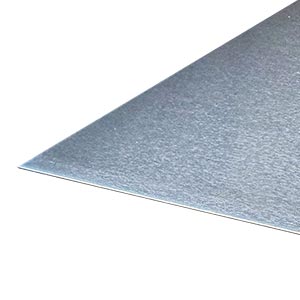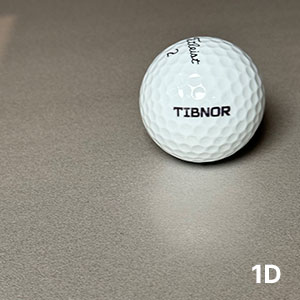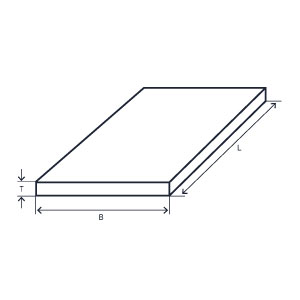The natural choice





Produktinformation
Austenitic steels with designations 1.4301 and 1.4307 are the commonest stainless types and contain 18% chromium and 8% nickel. The difference between the two grades is that in 1.4301, the maximum allowed carbon content is higher than for 1.4307 which can mean that 1.4301 has marginally higher strength. In practice, the difference in carbon between 1.4301 and 1.4307 is often of little significance. However, if welding is to be performed, 1.4307 is the preferred choice since corrosion resistance in the vicinity of the weld could be impaired for 1.4301.
Flat formats of 1.4301/1.4307 are standardised in EN 10088-2. This standard covers hot-finished strip with thicknesses up to and including 13.5 mm.
Grades 1.4301 and 1.4307 show good resistance to corrosion in neutral water both indoors and outdoors. The steels also exhibit immunity from atmospheric corrosion. However, these stainless grades are less suitable if the environment is acidic or contains chlorides. In such instances, higher alloyed grades are needed.
The formability of hot-finished sheets of both 1.4301 and 1.4307 is in most cold-forming operations excellent and often better than hot-rolled carbon steel. Both grades are also characterised by very good weldability and they seldom pose any problems in fabrication of welded structures.
The surface finish of hot-finished sheet in 1.4301/1.4307 as stocked is 1D (annealed and with surface oxide removed by pickling). Some dimensions are also available as tear plate, an execution with raised and depressed surface features, which apart from being decorative to some degree, also impart increased stiffness.




